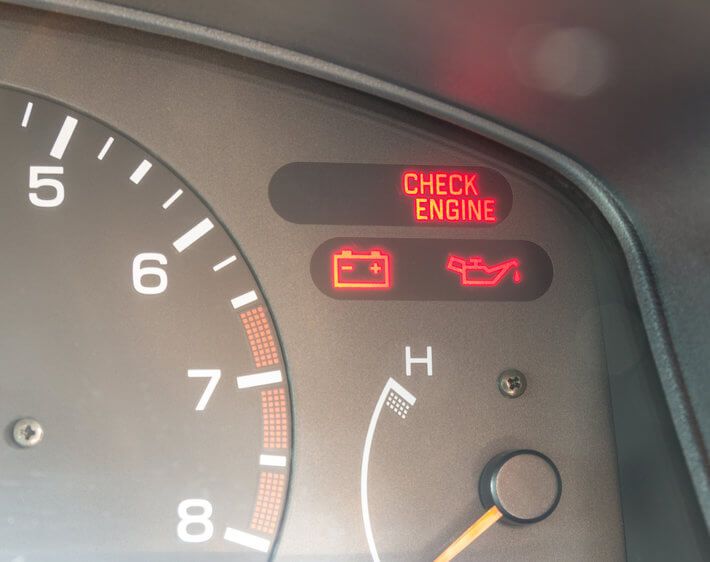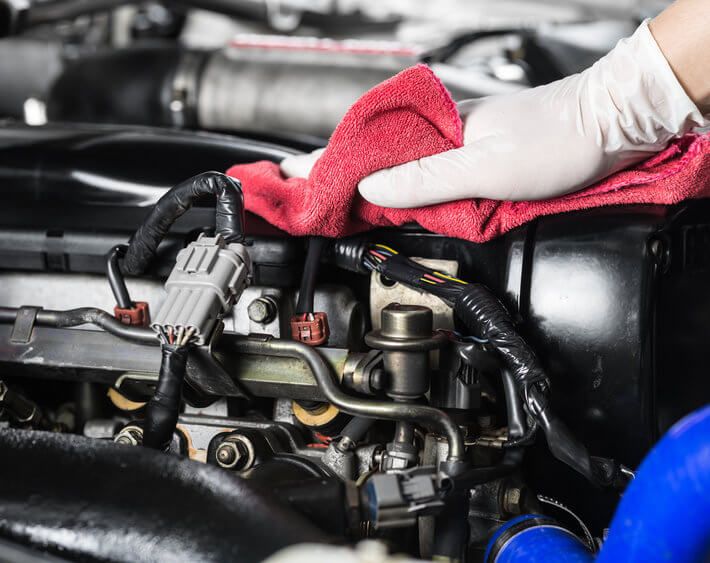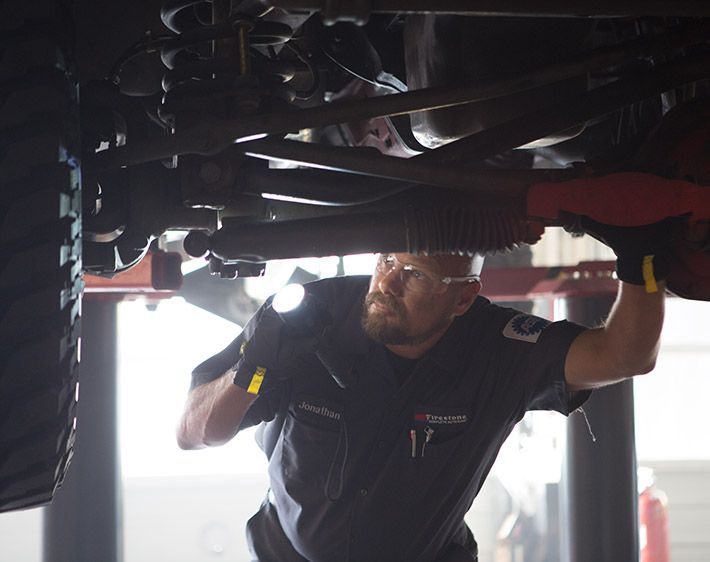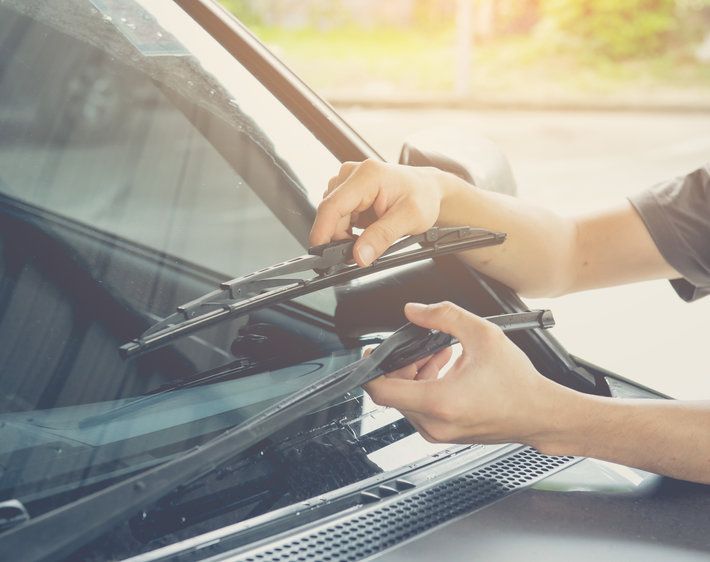It’s Monday morning and you have a long week ahead of you. You put your key in the ignition and turn your car on, only to be met with a bright dashboard light, alerting you that something is wrong. But, your car sounds normal and drives fine. Do you need to add a trip to the auto shop to your already mile-long to-do list?
While some lights may not require immediate action, there are a handful of lights that you shouldn’t ignore. Be on the lookout for any of these six dashboard lights. Leaving them unattended could leave you stranded, or stuck with major repairs down the road.
#1: Battery Light
The battery light, also called a charging warning light, can get triggered in several ways, though it most often flicks on when the charging system is not charging the battery to a voltage above 13.5 volts. This could be due to corroded battery cable terminals or damaged battery plates, or signal a problem with the alternator or voltage regulator.
If the light comes on while you're driving, your car will continue to run as long as there's life left in the battery. Once you turn off the engine, though, there's a chance you won't be able to restart the car. If possible, turn off/unplug as many electrical accessories (to reduce strain on the battery) and head towards your nearest Firestone Complete Auto Care for a battery test.
#2: Brake Light
There are a few things in life you don’t want to gamble with, and your vehicle's brake system is at the top of this list. If your brake light is on, first check that the emergency brake (also called a parking or hand brake) isn’t. If the emergency brake is off, your brake light could be indicating that A) there's a problem with the brake hydraulic system or B) your brake fluid level is low.
Either way, your ability to safely come to a stop isn't worth risking. Put your safety first (and that of other drivers on the road) and steer straight towards your nearest Firestone Complete Auto Care for a brake inspection and service.
#3: Airbag Warning Light
The airbag warning light can be an easy one to shrug off, however, there are two reasons you shouldn’t wait to get an inspection. First, there's a chance your airbags may not deploy (or spontaneously deploy) when this dashboard warning light is on. Second, an airbag warning light could also be raising a red flag about your seat belts—another life-saving device. Don't risk your safety or the safety of your passengers.
While we do not repair or replace airbags at Firestone Complete Auto Care, we do advise that you check with your vehicle manufacturer and get this light diagnosed by professionals as soon as possible.
#4: Coolant Warning Light
This warning light means that your engine is overheating or the coolant level is low. If you let your engine overheat, you risk letting a minor problem turn into enormous damage. If the engine overheats due to inefficient cooling, it could seize up, crack, and stop while your car is in motion, in other words, while you're still driving! Turn your car off and let the engine cool. Then get that light checked out by a professional!
Did you know? Dashboard lights are generally color-coded, like traffic lights, to help you discern their level of importance. Red means that there's a serious problem brewing and that you should stop driving the vehicle. Yellow/orange often means that something needs to be serviced or repaired. You can keep driving, but with caution. A green/blue light points to a system that's on (like your high beam lights). This last light is a visual cue and not a cause for concern. Check your owner's manual to learn more about your vehicle.
#5: Oil Warning Light
When the oil warning light pops on, your oil level or oil pressure may be low. If either is the case, your engine could stop running while you're still driving. Not only could this damage the engine and many of its connected parts, but it could also cause an accident if you're on a busy road!
For short-term peace of mind, check your oil level and if low, fill it up to the normal operating level. This will help keep your engine lubricated while you drive to your nearest Firestone Complete Auto Care to get the light checked out, but it is not a long-term solution.
#6: Check Engine Light
The check engine light could point towards a few different issues, but it is generally indicative of a problem affecting your vehicle’s ignition, fuel, or emission system. If this light comes on, your car's engine computer is telling you that something is wrong. Ignorance isn’t bliss – get to the source of it with a check engine light diagnostic test at your local Firestone Complete Auto Care.
For your safety, your passengers' safety, and that of other drivers on the road, get your car checked out as soon as a dashboard warning light flashes on. Doing so will help keep you safe and your car running stronger, longer. Swing by your nearest Firestone Complete Auto Care for a free vehicle diagnostic code scan or schedule a service appointment online at your earliest convenience. We believe that the best car on the road is the one you're still using, and we're here to help you keep it that way!



